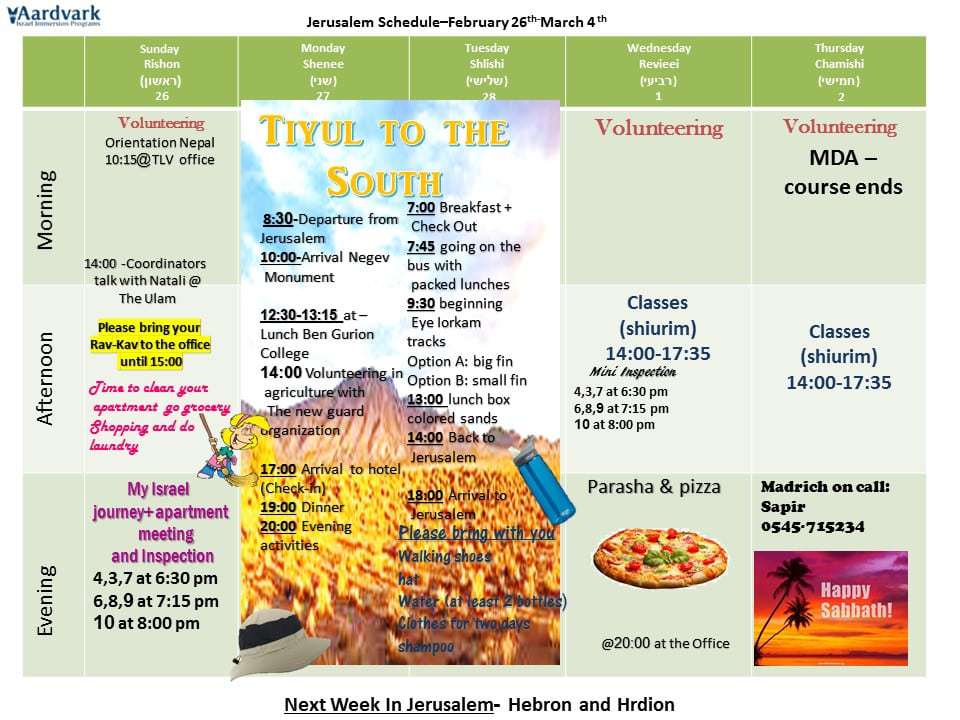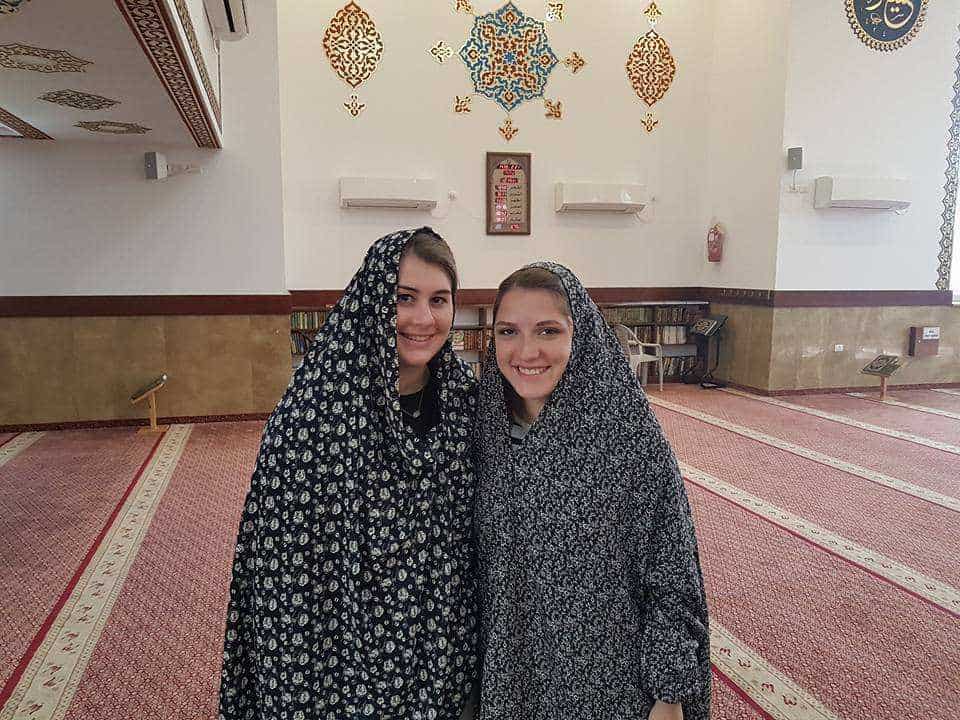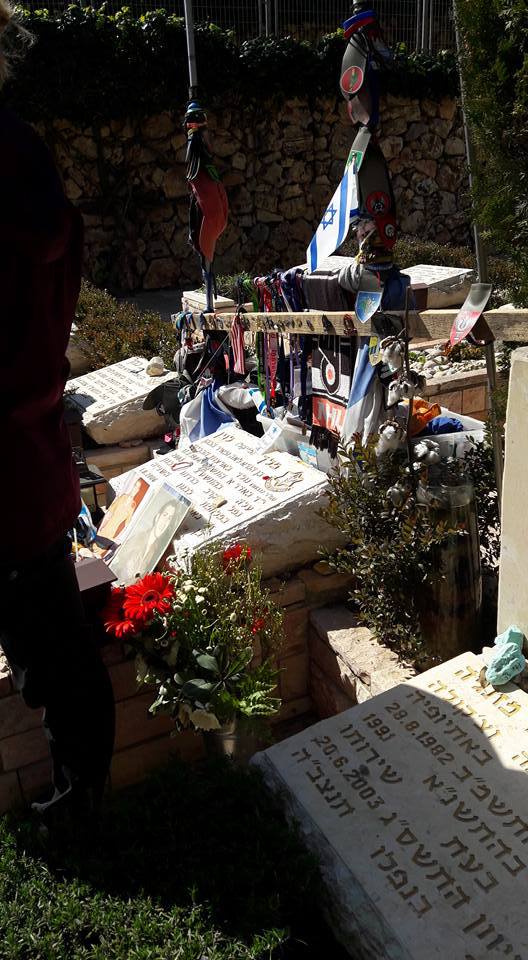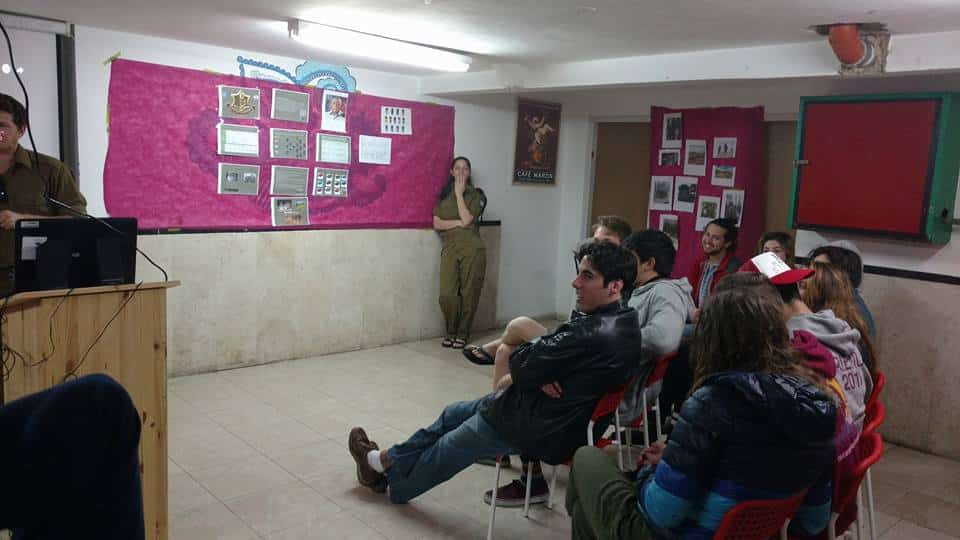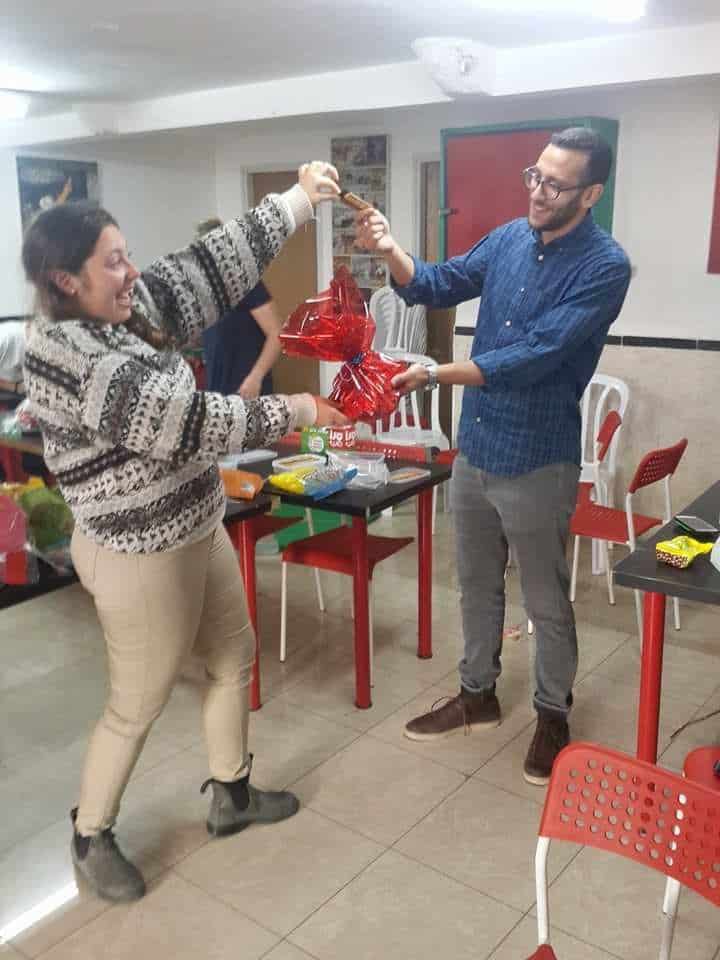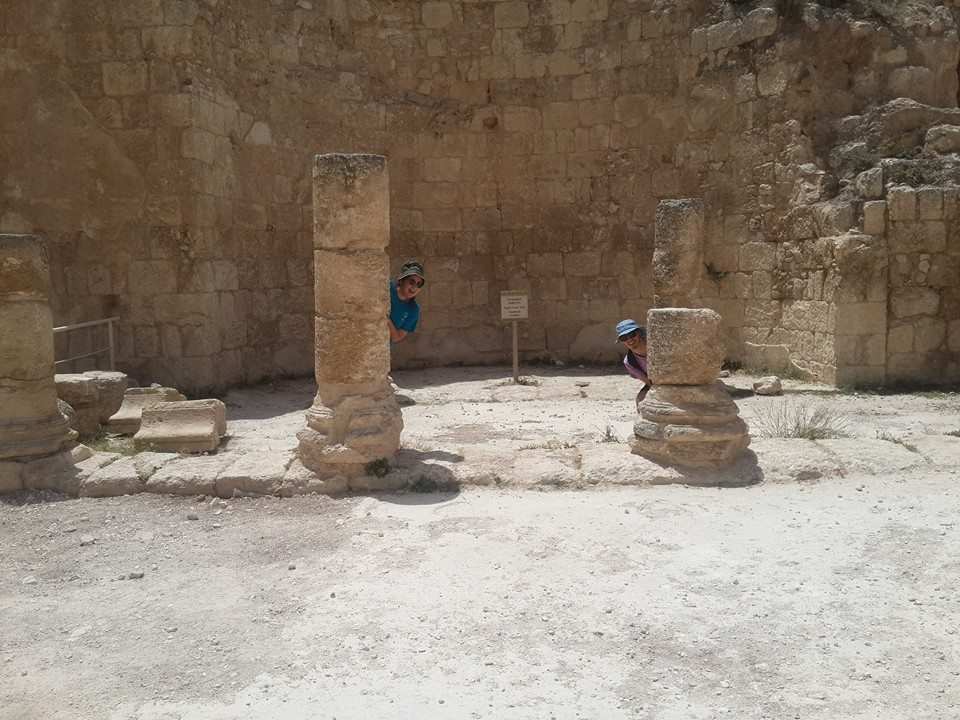Dear Parents,
Summer came to visit this week and here are a few of the things we did while enjoying the sun:
On Sunday we went with the students to volunteer for an organization called “One Family” (Israel’s leading organization for helping victims of terror.) In honor of Purim we prepared mishloach manot for thousands of victims of terror across Israel. It is an opportunity to remind all of the people who have suffered injury or bereavement as a result of terror that they are not alone and that people care about them and their well-being.
On Monday the Madrichim ran an activity about military and national service in Israel. Through games, videos and photos each Madrich shared the story of their unique service. From receiving the first order at the age of 16, through the many tests and interviews, to being assigned a specific job and the different experiences that comes with it. We compared the pressure and expectation that comes when applying to university in high school to the high standards and hard work expected from high school students in Israel in order to carry out meaningful national service. The students also learned about the different types of service available in Israel, the differences between national service, military service, combat support, intelligence and fighting forces. The activity ended with Q & A during which the students had the opportunity to ask questions about service in Israel.
On Tuesday morning we went to Mount Herzl on the west side of Jerusalem, the site of Israel’s national cemetery and other memorial and educational facilities. The night before I asked some students to write a few words about the people buried on Mount Herzl, soldiers, or key figures from Israel’s history:
Abigail Brenner wrote about Yoni Netanyahu:
“Yoni Netanyahu was 30 years old when he was killed, not much older than us, but what a life he had led, what an example he set. As the eldest brother, Yoni Netanyahu left a tough legacy for his siblings Bibi and Iddo, who became some of the foremost leaders in Israel, to follow.
We all know about Yoni’s heroism in the various battles he fought during his time in the IDF, the medals he received for bravery and especially his role in the Entebbe Raid, a successful hostage-rescue mission in Uganda. During the operation, Yoni was the only IDF fatality. However, he was so much more than just a war hero!
Yoni had a strong sense of justice, of humanity and a strong desire for peace. He believed in the IDF as an army that wanted peace but which would be invincible if it needed to act. This is clearly reflected in one of his most famous quotes, “There is no other army like ours; an army that seeks peace and not war, but an army that no one can stand up to if it has to fight.”
He was young, smart and had a strong sense of right and wrong. He understood the harsh aspects of war but also the softer aspects of love. He could motivate people and had the charisma to lead them to perform amazing feats, such as the battle at Entebbe. All in all, he had all the characteristics of one of the great young leaders of the past, just imagine what he could have achieved if he had lived!
We can’t all be like Yoni Netanyahu, however, our Aardvark experience will hopefully help to instill some of his characteristics in us all: a love for Israel, a sensitivity to all sides of the challenges facing it, a respect for our history and a desire to lead meaningful lives.”
Molly Cooke Wrote about Hannah Szenes.
“A special operations executive paratrooper. She was one of 37 Jewish parachutists from Mandate Palestine that were parachuted by the British Army into Yugoslavia during the Second World War to help in the rescue of Hungarian Jews about to be deported to the death camp at Auschwitz. Szenes was arrested at the Hungarian border, imprisoned and tortured, but throughout the ordeal she refused to reveal details of her mission. Eventually she was tried and executed by firing squad. In Israel she is considered a national heroine, her poetry is widely known and the headquarters of the Zionist youth movement, Israel Hatzeira, a kibbutz and several streets are named after her.”
Aaron Sistare wrote about Max Steinberg.
“Known as the lion of Zion, he was a 24 year old lone soldier from LA, California. Steinberg died in operation protective eagle on July 23 2014, during the height of the Israel-Gaza conflict. During the conflict Gaza lost 2,100 citizens, the most Palestinian deaths since the 6-day war in 1967.
Steinberg took part in a taglit (birthright) trip with his brother and sister and instantly fell in love with the country. After his stay he became obsessed with everything Israel, politics, culture and especially the military. He made Aliyah and enlisted as a lone soldier in November 2012. He was then drafted as a sharp shooter. It says Steinberg was only 5 foot 3 and 135 pounds, but he was remarkably strong, both mentally and physically. Usually he was stationed near Syria but his platoon was assigned to help with the conflict in Gaza.
Max called his mother telling her that he had survived a tank explosion in Gaza. He added that he was “going back to the war zone tomorrow”, which proved to be the day he was killed in action. His last words to the world were lyrics from Bob Marley, “Don’t worry be happy”.
His mother wanted his body returned home so she could bury him near her, but Max had made it clear that Israel was his home and wanted to stay there forever. At his funeral there were more than 30,000 Israeli mourners. They came to show that Max Steinberg was forever a part of Israel.”
We then went to Yad Vashem, the Holocaust Museum. Some of us went on a tour and saw various exhibits such as the Visual Center where it is possible to watch interviews with holocaust survivors. The trip raised difficult ethical questions such as, “Where was god during the holocaust?”
At the end of the day we were brave and went with the students to the Crazy Mary Horror Maze. Personally, I am very afraid of these things but our students showed great courage and most of them made it to the maze’s higher levels. The lowest level is 1 and the highest is 9. Most of us made it to level 6. It was a good experience for our students. Despite the concerns of some, they were there as a group and had to help each other overcome their fears.
This week in Parsha and Pizza the group discussed the Torah portion of Mishpatim with Rabbi Marc. Following the exodus from Egypt, all the miracles and the Ten Commandments, in this portion the Jewish people encounter something more mundane: laws, lots of laws. The portion contains over fifty laws covering everything from the prohibition on sorcery to making sure that your cattle does not run wild and cause damage (check out the bull on the loose in New York this week!). We looked at the laws allowing slavery and asked how it was possible that recently freed slaves were allowed to have slaves of their own. Perhaps because, apart from the word slavery, Jewish slavery has little in common with the modern concept of slavery. Jewish slavery was an ancient way of helping people get out of debt. Bankruptcy would lead to the court selling you as a slave for a maximum of 6 years. The slave owners were not allowed to abuse the slaves nor give them unnecessarily difficult or unproductive labor. The Rabbis of the Talmud had a phrase, “Anyone who buys a slave buys themselves a master”. Slaves had to be fed, clothed and housed to the same standards as the master, could not work on Shabbat and the slaves’ wife and children were given protection. The portion also teaches us the prohibition against bribery and corruption and the group discussed the dangers of injustice and unfairness in society, the justice system and law enforcement.
Until next week!
All the best,
Natali
